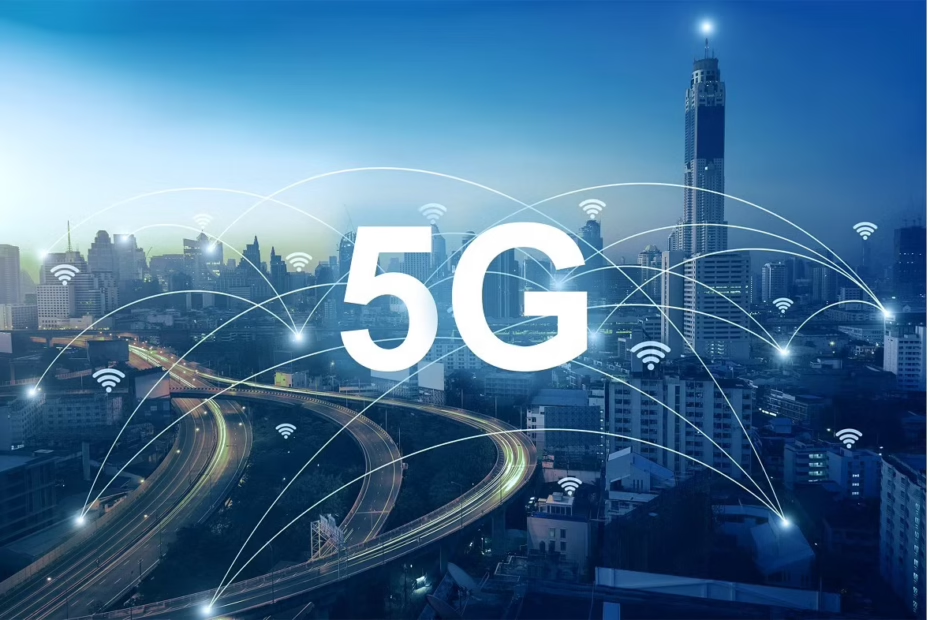The IMDEA Networks Institute, together with an international group of scientists, has studied the effectiveness of fifth-generation networks in large cities in Europe and North America. The results showed that 5G technology does not always have advantages over the previous communication standard. Depending on the region and operator, users may not experience the promised acceleration of network performance. The researchers’ findings were published in the scientific journal Eurekalert.
The research was conducted by a team led by Northeastern University with the participation of IMDEA Networks, the Technical University of Berlin, the University of Porto, the University of Oslo, the Polytechnic University of Turin, the Technical University of Denmark, and Hewlett Packard Labs. Over the course of a year, experts studied the performance of mobile networks in eight major cities.
The geography of the study covered the world’s largest technology centers. The list included Berlin, Turin, Oslo, Porto, and Madrid in Europe, as well as Vancouver, Boston, and the San Francisco Bay Area in North America. This selection of cities helped to obtain a representative picture of 5G deployment in developed countries.
The methodology combined a broad survey of volunteers with technical measurements of millimeter wave usage. This approach made it possible to obtain both general statistics and detailed technical indicators of the performance of next-generation networks.
The results contradict the marketing promises of telecom operators. Researchers found significant differences in service quality depending on the specific operator and geographic location. Some networks showed excellent 5G uplink speeds, while others were almost indistinguishable from Long Term Evolution (LTE) technology.
The most surprising results were those related to signal latency. Despite the widespread deployment of 5G infrastructure in large cities, it has not been possible to achieve a consistent reduction in latency compared to fourth-generation networks. In many cases, the new standard does not offer any obvious advantages in terms of system response speed.
The reasons for this situation lie not so much in the technological limitations of 5G as in the decisions of the operators themselves. The key influencing factors were the choice of frequency band, the density of base station deployment, and the use of cloud and edge infrastructure. These parameters vary significantly between different companies and regions.
The results of the study are of practical importance for users and application developers. For many delay-sensitive services, the transition to 5G does not guarantee automatic performance improvement. Decisions regarding the use of mission-critical applications should be based on actual measurements, not just claims about the novelty of the technology.
These data also raise questions about the future development of mobile communications. Researchers caution against premature transition to sixth-generation (6G) technology. There is a danger of wasted capital investment and unfulfilled public expectations due to irrational resource allocation.
The authors of the study emphasize the need to focus on the real user experience before introducing the next generation of mobile communications. Policy and investment in 6G should be based on transparent and reproducible results, rather than optimistic industry forecasts.
Summarizing the results of their work, the researchers conclude that 5G networks in the regions studied are conditionally mature. Although the infrastructure has been deployed, consistently high performance remains out of reach for most operators.
Translated with DeepL.com
